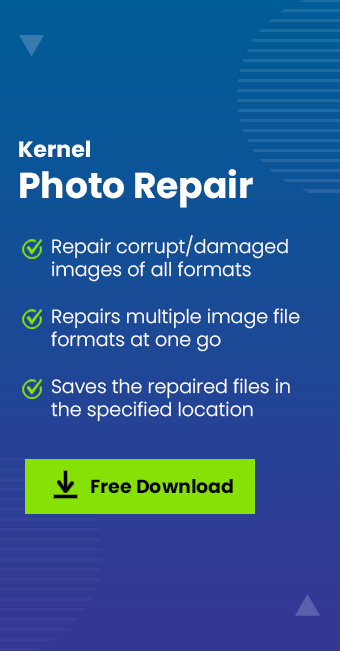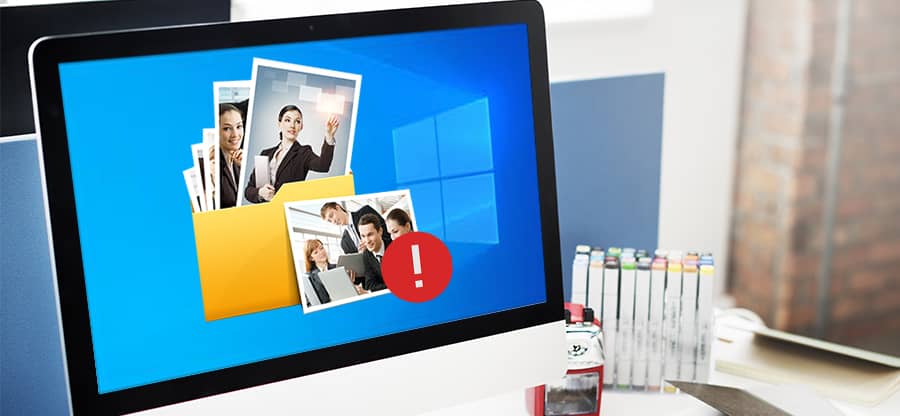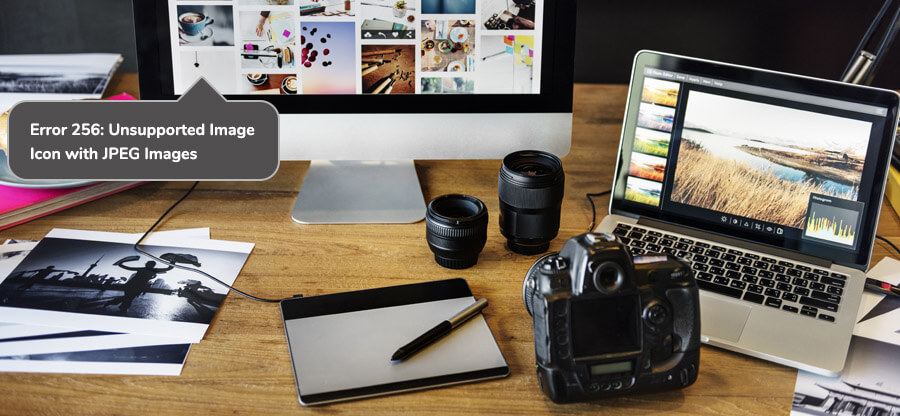Read time: 6 minutes
Are you looking for an image format that will give you better quality photos with smaller file sizes? If so, then you might be familiar with the debate between JPG and PNG – two of the most popular image formats used for everything from web development to printing high-resolution graphics. While both formats offer a range of great features and benefits, understanding which one is best suited for your needs can help you save time and money in the long run.
In this post, we’ll dive into everything you need to know about the differences between JPG vs PNG so that you can make a smarter decision when it comes to choosing an image format.
JPG & PNG basic overview
JPG (Joint Photographic Experts Group) is another type of graphic file format that uses lossy compression to reduce file size without sacrificing too much quality. Unlike PNGs, which are pixel-based images, JPGs are usually used for photos or other complex images where there are more colors and shades involved. This makes JPGs ideal for posting on social media or storing on your computer since they take up less space but still look great onscreen.
PNG (Portable Network Graphics) format is a type of faster graphic file that uses lossless compression and supports transparency. This means that it will maintain the highest quality while still being relatively smaller in size. It’s often useful for web graphics like logos, icons, buttons, and other small images. Because of its high-quality resolution and good color depth, it is also suitable for print purposes such as flyers or brochures.
All you need to know about JPG vs PNG
When it comes to digital images, there are two main formats used by the majority of people – JPG and PNG. But which one should you be using for your project? Here, we’ll compare the two image formats and break down the differences between them so you can make an ideal decision on which format is best for you.
- File Size
The most obvious difference between the two formats is that PNG files are typically larger in size than JPGs. This is because the PNG format uses lossless compression, which means that it preserves more data from the original image file than a JPG does. As a result, while you will get better quality images with PNGs, they will take up more memory and require more time to upload or download. - Compression Ratio
The compression ratio determines how much of a file’s original size is compressed, with a higher compression ratio meaning smaller files and faster loading times. JPG has a higher compression ratio than PNG, which means that it takes up less space & you can compress the image while still maintaining its quality. However, if you need to maintain a high level of detail in your image, then PNG might be the better option due to its lossless compression. - Color Depth
Another important factor to consider when comparing these two image formats is color depth. Color depth refers to the no. of colors used in an image, and it can have a significant impact on its overall quality and appearance. JPG supports up to 24-bit color depth, while PNG supports up to 48-bit color depth. This means that PNG images will have more vibrant colors compared to JPEG images but will also consume more storage space due to their larger file size. To avoid fixing color casting issues, you must opt for the PNG image support. - Transparency Support
One major advantage that PNG has over JPEG is its support for transparency, meaning that elements within an image can be made transparent or semi-transparent instead of being solid blocks of color as they would be with JPEG images. This makes it easier to create complex designs with overlapping layers as well as other effects like drop shadows or inner glows without having to use additional graphic editing software like Photoshop. - Image Quality Loss Over Time
JPEGs tend to suffer from what is known as “generation loss” – meaning that each time an image is saved or re-saved with a lower quality setting (such as reducing its resolution), some of its original quality gets lost and cannot be recovered again. On the other hand, since PNG uses lossless compression, it does not suffer from generation loss no matter how many times it is saved or re-saved with different settings – making it ideal for archiving purposes where preserving the original image quality over time is important. - Editing Capabilities
Finally, when it comes to editing capabilities there’s no comparison — JPEGs are much easier to edit than PNGs since they use lossy compression which simplifies the editing process significantly compared to its counterpart format! For example, if you want to quickly crop out parts of an image then JPEG will do just fine whereas if you want more precise control over the changes made then using a PNG would be preferable due to its lossless compression technique which allows for more precise control over edits made within an image file type.
Tabular comparison (JPG Vs PNG)
| JPG | PNG | |
| Compression | Lossy | Lossless |
| Image Quality | Lower | Higher |
| Transparency | Not Supported | Supported |
| Color Depth | 24-bit color depth | 48-bit color depth |
| File Type Support | Limited supportability | Supportable in many applications |
| Editing Quality | Quality deterioration with multiple edits | Retains quality after multiple edits |
| Interlacing Support | Unsupported | Supported |
| Best Use Cases | Photography and realistic images. | Web graphics and print design, logos, text and illustrations, screenshots, etc. |
What if my JPG & PNG files are corrupted? (The expert’s view)
We are now through with our choices whether to use PNG or JPG files but what if our photos are corrupted & damaged. Worry no more! With today’s modern solutions, it has never been simpler to handle such files. No matter what caused your photos to become corrupted – be it an interrupted download or a power surge – there’s help available! Kernel Photo Repair Tool is a quick and safe tool with advanced features that can take care of all your photo woes. This tool can repair damaged, pixelated, disoriented, & corrupt photos from different formats including JPG, JPEG, GIF, RIFF, RAF, PNG, etc.
What’s more? It can repair multiple image formats in a single batch. To make things even easier for users, it has added features like drag/drop feature & runs on all the Windows OS. All these features are covered under a friendly graphical user interface (GUI).
All in all, it is one of the best photo repair tools designed with the end-user in mind so that they can quickly fix their corrupted images without any hassle. With its extensive list of features and powerful capabilities, it is the ideal tool for repairing damaged, grainy images or faded photos. So, if you have been struggling with corrupted images then this software can be your savior.
Closing Notes
After exploring the major differences between JPG and PNG, it is important to understand when each file type should be used. On one hand, if you are looking for a clear and clean image with no loss in quality, then going with a .PNG file is your best option. In contrast, if you’re looking for images with a reduced file size and have no transparency, then the .JPG format is your ideal choice. Not only that but this will save time for webpages to load because of its smaller file size as well as conserve internet data usage.
Ultimately, knowing when to use which picture format can make all the difference when creating visuals for online content and websites. If you decide to go with both formats living together in harmony – great! Keep up the good work of finding the visual balance that best suits your content goals while understanding when graphic formats come into play.







